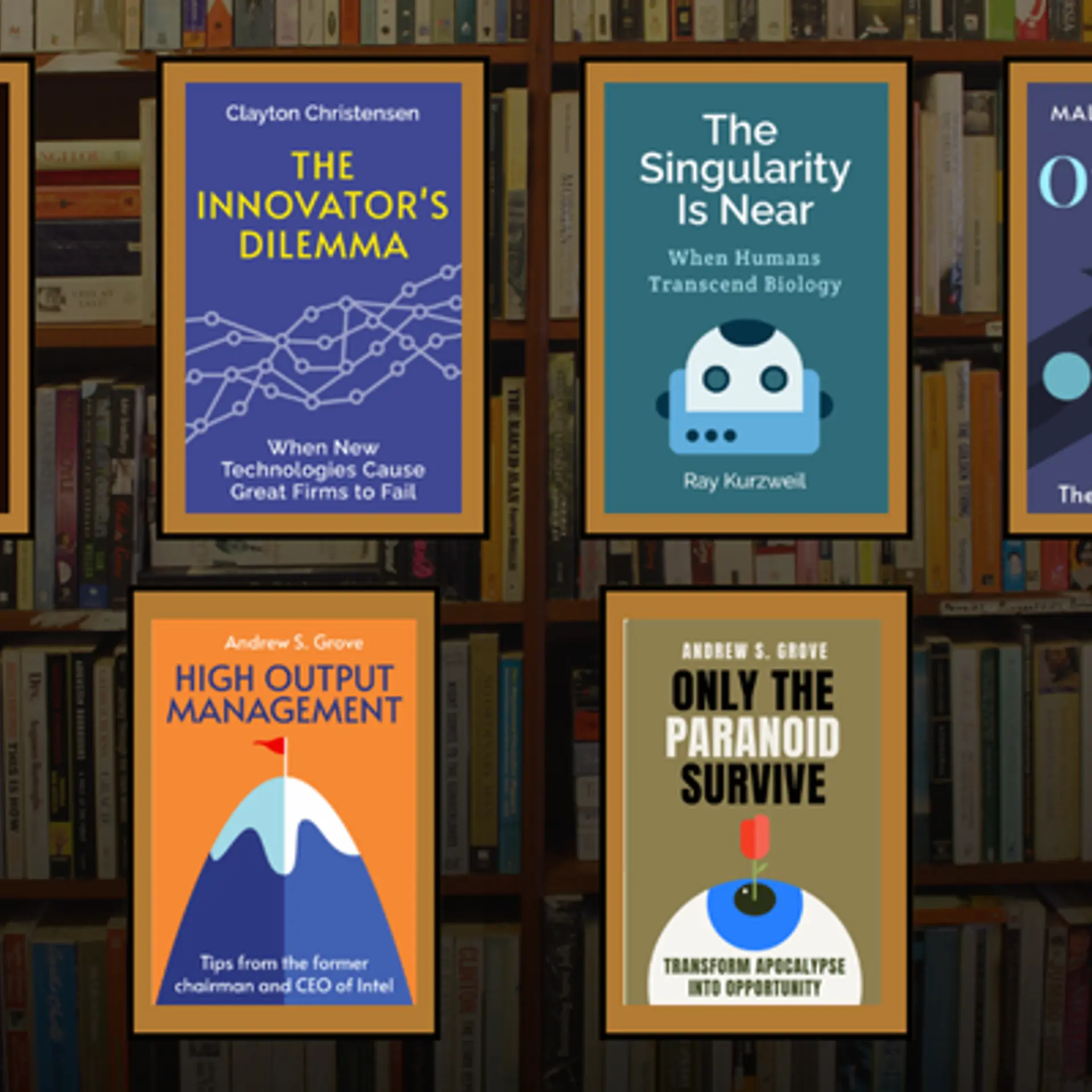5 things to consider when choosing data storage solutions on the cloud

What is cloud storage?Cloud storage provides the ability for enterprises to store data in virtualized storage pools that are hosted by third parties. This data is always online and can be made accessible to users through various channels.
Why do enterprises need data access across channels?
The proliferation of data consumption channels has led to a need for multiple applications and devices to work on the same dataset. The need for devices to seamlessly access data has added a new dimension to workforce mobility.
While consumers have embraced the diversity in the mobile ecosystem, enterprises have struggled to come to terms with the rapid explosion in consumer devices and platforms. Yet, there exist the opportunity for enterprises to simultaneously improve user productivity and engagement.
What are characteristics of a good data storage solution?
Good data storage solutions provide users with unfettered and up-to-date access to information on the move, while ensuring minimal data losses. Thus, any modern day storage solution requires the ability to:
- Incorporate multi-channel access
- Resolve concurrent edits
- Push real time updates
- Provide offline storage capabilities
- Customize access to resources based on permissions and roles
I have analyzed some of the commonly used data storage solutions and highlighted some of the key concerns with selecting external data storage/sharing provider at this moment.
A detailed analysis of security and collaboration features is available here.
Verdict
Box currently provides one of the most enterprise friendly versions of these storage solutions with multi-language API clients, which provides the ability to integrate with its service and customize as per enterprise requirements. However, while this is quite comprehensive, it can be quite daunting for the smaller enterprise, which might feel that a simpler solution may be the need of the hour. Dropbox seems to be well suited for the personal computing/small business owner as it seems to focus on ease of use and simplicity of interface.
As an organization, we use both Dropbox and Box for collaboration but are slowly migrating all our content to Box. Box provides a better granular access control framework which allows us to work with customers and collaborate among our team as well. We are also evaluating both SkyDrive and GoogleDrive as alternatives. However, Google's unavailability of file locking is a significant feature for us, and we would ideally like Google to plug in that before we seriously consider adopting their service. What Google does well, although, is having a better way of enforcing role based access controls and having in-web viewing /editing of content (on mobile and desktop).
What about creating customized ‘BYOD’ solution to access data?
Multi-channel, by its very nature, throw up a few teething problems. Imagine reading a 100 page PDF report on your mobile device. In addition, there are security issues inherent with a mobile device, as the devices typically work on a network outside of the enterprise firewall.
There are a few cross platform tools in the market that provide the ability to create solutions over different channels. However, ability to view content which is adapted to the form factor and enforcing proper security controls are two key missing models which enterprises need to retrofit onto these solutions – and this can be an expensive proposition.
We, at Native5, are attempting to solve this problem through Prism – an application development platform that provides the ability to develop, deploy and manage applications across the entire digital ecosystem. The platform has in-built security features and has connectors that integrate with Dropbox, Box and Google Drive.
About the author:
Barada Sahu ‘Barry’ is the co-founder of Native5, and chief architect of Prism – a cross platform application development tool. He is a seasoned IT architect with over 10 years of experience in building enterprise and web based applications. Barry loves building robust software and is an avid champion of open source tools and technologies.







